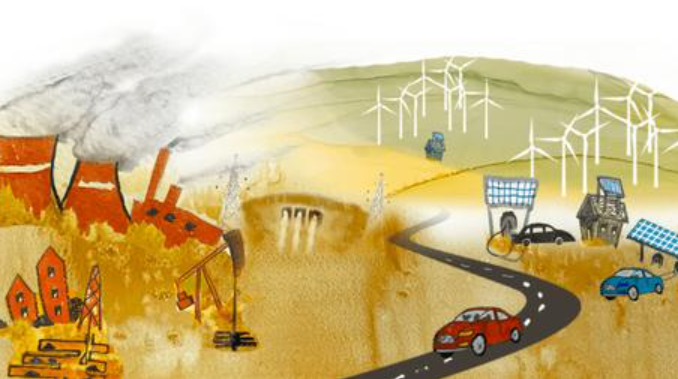
China’s emission intensity falls 35% in 10 years.
On September 22, the “2023 Global Carbon Neutrality Annual Progress Report,” backed by Tsinghua University’s Institute for Carbon Neutrality, School of Environment, and various experts, was unveiled at Tsinghua University. The report, exploring perspectives of goals, policies, actions, and effects, offers an analysis of the commitments to carbon neutrality, low-carbon technology, climate finance, and international climate cooperation across 197 countries worldwide.
Liu Yanhua, Honorary Director of the National Climate Change Expert Committee of China and former Vice Minister of Science and Technology, expressed at the meeting, “Achieving global carbon neutrality faces three gaps: a commitment gap where nations’ climate change pledges remain unfulfilled; a funding gap where the required domestic funds for global carbon neutrality are still not in place; and a technology gap where advancements are needed to realize carbon neutrality.”
The report constructs a comprehensive evaluation system of goals, policies, actions, and effects to assess the progress of carbon neutrality globally, enveloping topics of carbon neutrality commitments, technology, and climate finance. It provides a systematic and extensive assessment of countries’ goal-setting, policy design, actions toward zero-carbon transition, and emission reduction outcomes.
According to the report, there exist significant differences in the completeness of carbon neutrality policies and the intensity of actions among countries. Developed countries have made notable progress, especially in technology and finance, maintaining a leading role. However, their climate funding commitments to developing countries are yet unmet, with 71% imposing international trade barriers. Conversely, the overall progress in carbon neutrality policies and actions in developing countries is slow.
Wang Can noted, “The report finds energy to still be the most prominent sector in carbon neutrality progress, whether in low-carbon technology, climate finance, or international cooperation, advancements related to energy dominate.”
The report indicates that 127 countries have set goals related to renewable energy generation, over 50% of global funds are invested in renewable energy and power grids, and nearly 50% of carbon composite technology transfers occur in the energy sector. However, energy transformation remains a significant challenge for all countries. Currently, less than a quarter of countries have a non-fossil fuel energy supply exceeding 50%, and 87, mostly developing countries, have a fossil fuel energy supply exceeding 80%, highlighting the urgent need and colossal challenge of energy transition in developing nations.
Three major deficiencies exist in global carbon neutrality progress:
- Firstly, climate investment and financing are major constraints for the majority of countries.
- Secondly, there’s a lack of substantial technology transfer in non-energy sectors, and
- Thirdly, many countries’ carbon neutrality goals lack support from decomposed regional and industry-level targets, with only around 25% of sub-national entities having carbon neutrality plans, most of which focus solely on reducing emission intensity.
Sources:
- Equal Ocean, Sep 26, 2023, https://equalocean.com/news/2023092620252
- China Dialogue, October 5, 2023. https://chinadialogue.net/en/digest/chinas-emission-intensity-falls-35-in-10-years/